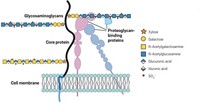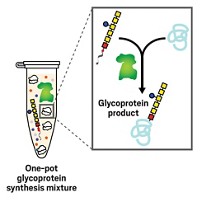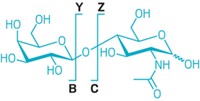Advertisement
Grab your lab coat. Let's get started
Welcome!
Welcome!
Create an account below to get 6 C&EN articles per month, receive newsletters and more - all free.
It seems this is your first time logging in online. Please enter the following information to continue.
As an ACS member you automatically get access to this site. All we need is few more details to create your reading experience.
Not you? Sign in with a different account.
Not you? Sign in with a different account.
ERROR 1
ERROR 1
ERROR 2
ERROR 2
ERROR 2
ERROR 2
ERROR 2
Password and Confirm password must match.
If you have an ACS member number, please enter it here so we can link this account to your membership. (optional)
ERROR 2
ACS values your privacy. By submitting your information, you are gaining access to C&EN and subscribing to our weekly newsletter. We use the information you provide to make your reading experience better, and we will never sell your data to third party members.
Biological Chemistry
Fishing Out Glycosyltransferases
Technique uses arrays and mass spectrometry to identify previously unknown enzymes
by Stu Borman
July 30, 2012
| A version of this story appeared in
Volume 90, Issue 31
Cells use glycosyltransferases biosynthetically to form glycosidic linkages between sugar “donor” and “acceptor” molecules, and chemists use them to synthesize new sugar-based biomolecules in the laboratory. To better understand sugar-based biosynthetic processes and to be able to make a wider variety of oligosaccharides in the lab, it is useful to know about as many glycosyltransferases as possible. But finding previously unknown glycosyltransferases in complex cell media has been a challenging task. Now, an array-based method—devised by Peng George Wang of Nankai University, in China; Milan Mrksich of Northwestern University; and coworkers—could make it easier to identify and characterize glycosyltransferases (Nat. Chem. Biol., DOI: 10.1038/nchembio.1022). In the technique, solutions of sugar donors and putative glycosyltransferases (produced by bacterial gene expression) are applied to self-assembled monolayers of sugar acceptors. Then linkage products, if any, are analyzed by mass spectrometry to detect new glycosyltransferases and their activity. The system enabled the researchers to identify and characterize four new glycosyltransferases. The researchers believe a similar array/MS strategy can be extended to the identification of other types of enzymes as well.





Join the conversation
Contact the reporter
Submit a Letter to the Editor for publication
Engage with us on Twitter